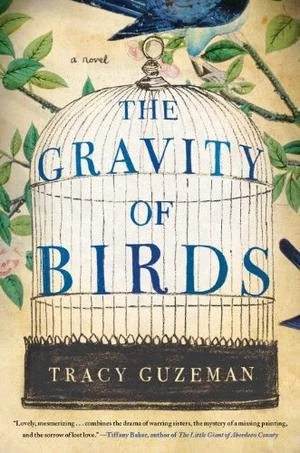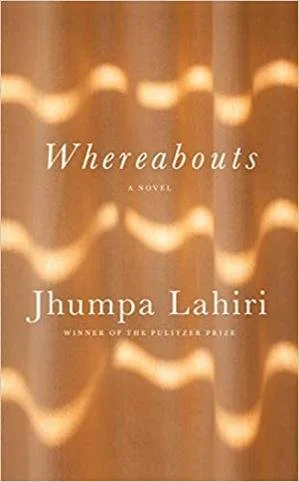In this post, I review contemporary novels by two authors—Tracey Lange and Dominic Smith—whose previous novels I enjoyed.
The Connellys of County Down Tracey Lange (2023) Let’s clear up one thing right away: This novel is not set in Ireland, even though I ordered it from my local library thinking it was. Instead, the action takes place in Port Chester, New York, about an hour’s drive northeast of Manhattan. Many of the characters are Irish Americans, and some of their relatives came from County Down in Ireland, hence the novel’s title. Irish folk tales and family stories weave through the narrative, but the main thread is a family-based mystery involving three adult siblings and their secrets. Geraldine, the oldest, is an accounting manager who is in over her head at work and who is still suffering from the effects of having spent her teen years raising her sister and brother. That brother, Eddie, sustained a traumatic brain injury in his youth and is struggling to raise a son as a single parent. But Tara is the sibling who elicits reader sympathy the most. She’s just out of prison, where she was serving a sentence for an offense that was really not her doing. These working-class Connellys live on the edge of poverty in a wealthy New York exurb. The novelist animates them lovingly, faults and all, and constructs a plot that had me racing to the denouement.
In 2022 I posted this brief summary of Lange’s previous novel:
We Are the Brennans Tracey Lange (2021) Moving the plot along mostly through convincing dialog, Lange creates a vivid picture of the present-day Brennan family, pub owners in a town north of NYC. An estranged adult daughter comes home to recover after a serious car accident and gets retangled in family life, with some mystery and some romance enlivening things. The character names are odd, but the story is a winner.
Return to Valetto Dominic Smith (2023) Hugh Fisher, a middle-aged history professor who studies abandoned villages in Italy, is himself Italian American. In his youth, he often visited the nearly deserted village of his ancestors, the (fictitious) Valetto, where his grandmother and widowed aunts, the Serafinos, still live. When Hugh arrives in Valetto on sabbatical in 2011, he finds that the cottage he inherited is already occupied, by Elisa Tomassi. She’s a chef from Milan who claims that the cottage was actually left to her family as thanks for the aid that they gave Hugh’s grandfather during World War II. From this beginning, the novel movingly explores many facets of grief and abandonment: Hugh is a widower who has also recently lost his mother; Hugh’s grandfather left the family during the war and never returned; Elisa’s famed restaurant burned down, and her husband decamped to London with their son. Truths from Italy’s fascist past come to light and are dealt with at the celebration of Grandmother Serafino’s hundredth birthday. The themes of Return to Valetto overlap with those in another novel by the talented Dominic Smith, The Last Painting of Sara De Vos, which I reviewed at length in 2017.











